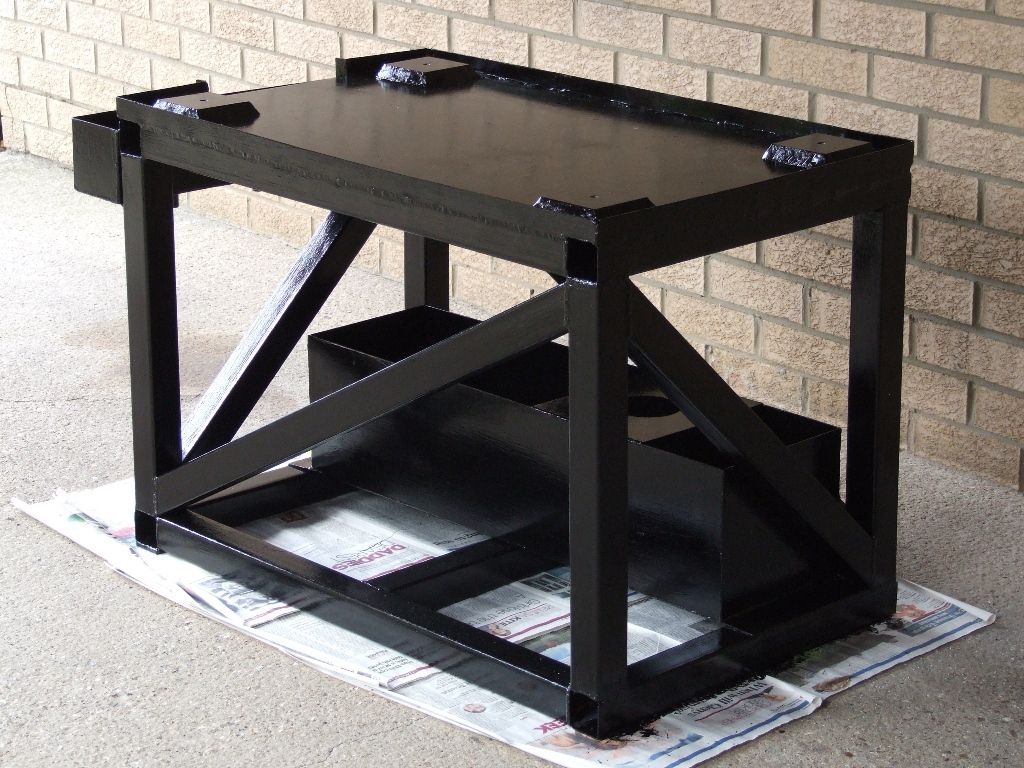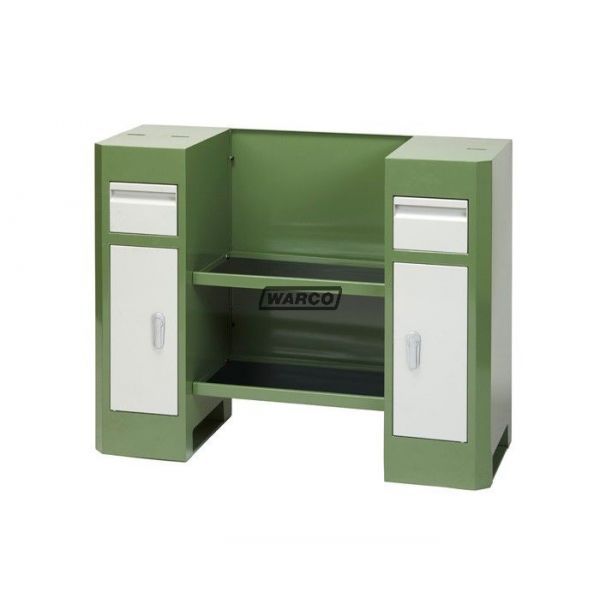Posted by Hopper on 25/07/2022 09:57:44:
It seems needlessly complicated and not particularly rigid,
Over engineered in some respects and under in others. I don't think there's any doubt it would do the job, but the absence of cross-bracing is a design error, albeit easily fixed. Cross-bracing is needed to stop the rectangular frame flexing in and out of parallelogram form. Without cross-bracing the stand is plenty strong enough, but prone to vibrate, especially if the lathe is cutting a badly balanced object. The value of the heavy beam is dubious because it doesn't support anything: the work load is taken by the lathe bed, itself a heavy beam designed for that purpose. It also raises the centre of gravity, which is undesirable unless the stand is bolted to the floor.
Interesting the beam idea comes from gimbal supported lathes on ships. My earlier understanding was that's not necessary on a ship; I could be wrong. But it's definitely not necessary in a shed!
I liked the honest and open way the design logic is explained. This isn't one of those awful videos containing great gobs of naive bad practice.
Although I wouldn't go out of my way to buy U and box section girders to make one, it's a reasonable answer with advantages if cheap scrap is on hand. Mentionef at the end that a wooden or concrete beam would do; correct. Actually I think reinforced concrete would be best answer of all because the extra mass would soak up vibration. Heavy cast-iron and granite slabs have the same effect.
Strengthwise, it's what's under a lathe's feet that matters most. In comparison, this example from Warco is a typical modern sheet steel stand, ie designed in the 1930s.
It features:
Two stiff box columns taking the weight of the lathe down to ground via the lathes feet. The columns are made of heavy gauge steel, bent at the corners to provide rigidity, and the sheet construction provides automatic cross-bracing throughout.
Underneath the column bases are solid sheet steel to reduce ground pressure.
Horizontal coupling between columns is provided mainly by the lathe bed, helped by the shelves and the tray, but they don't bear any of the lathe load. For convenience, the inside of the columns can be used as storage space.
Finally, the two columns are cross-braced by a bolt-on sheet-steel back. The result is strong by design and far more economical that cast-iron stands. If the owner doesn't mind an open frame, the same effect can be created by welding angle into verticals and cross-braced horizontals. Strength to support several hundred kilos is relatively easy: it's harder to minimise flexing and vibration.
Dave
Edited By SillyOldDuffer on 25/07/2022 13:51:07
 Nicholas Farr.
Nicholas Farr.





